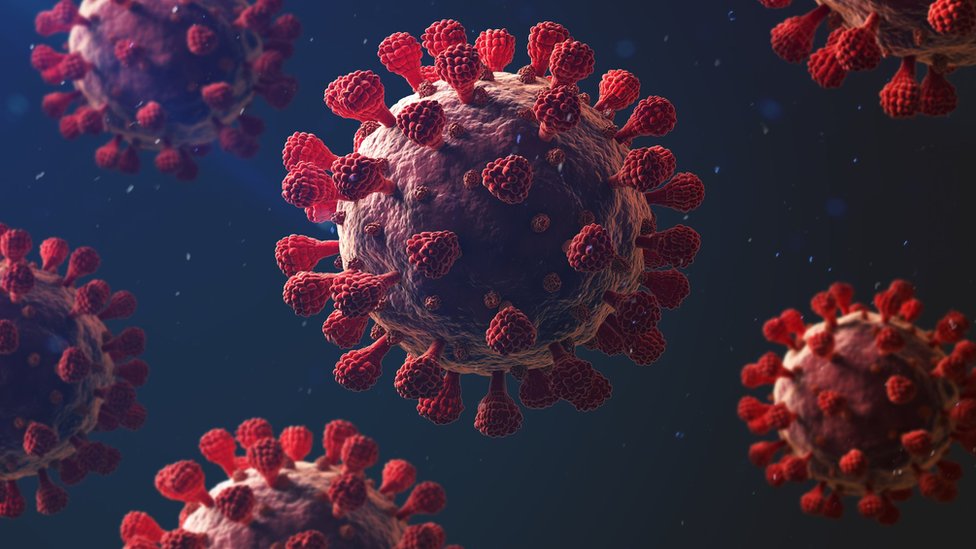December 25 2020

Vaccine is also expected to be available soon. The regime shouted for weeks that the United States under Donald Trump was trying to kill Iranians by blocking the Islamic Republic from making any foreign currency payments to the World Health Organization (WHO) with which to buy the vaccine. Every day officials moaned and wrung their hands over what the Americans were doing.
All that came to a grounding halt on Christmas Eve when the Central Bank announced the US Treasury had authorized the transfer of 200 million euros ($243 million) of Iranian funds frozen in South Korea, which has now been paid to WHO. The WHO is running the global effort to distribute the vaccine among countries that pay into its vaccine account. That will pay for 16.8 million doses. The Central Bank said more funds could be transferred later for more doses.
Officials said Iran is negotiating to buy foreign vaccines, but not the American vaccines that are already in production. The Health Ministry said December 13 that it is negotiating with Russia, China and India. However, Nasser Riahi of the Tehran Chamber of Commerce told the Iranian Labor News Agency there should be no trouble importing Americans vaccines since 30 percent of the drugs Iran imports each month already come from the United States. That directly contradicted claims by numerous Iranian officials that the United States blocks all sales to Iran of medical materials through its banking restrictions.
Most of the vaccines will initially go to the wealthiest countries, which financed the development of the vaccines and have reserved the first production volumes for themselves. The New York Times calculated in mid-December that Canada had already paid for enough vaccine to inoculate every Canadian six times, making that country the best covered of any.
But, as the accompanying charts show, Iran now has gotten through the latest surge in the pandemic. That doesn’t mean there won’t be another surge sometime in the future. The government remains fearful of large gatherings or super-spreader events. The government tried its best to convince Iranians to abstain from the traditional gatherings for Shab-e Yalda, the longest night of the year on December 20-21. As of press deadline, it wasn’t clear if that campaign had worked.
The government has continued its shutdown that began in late November, blocking drivers from making inter-city trips and closing most businesses at 6 p.m. “Non-essential businesses” are supposed to be fully closed—but it is clear that some remain open and it is debated whether “some” means “many” or “a few.”
Despite the good news shown in the charts, the government extended the traffic curfew to many more cities and towns. The curfew bans cars from the roads between 9 p.m. and 4 a.m. every day. As of December 26, the curfew was extended from 108 cities to 340 additional cities and towns.
The daily report of new cases of the coronavirus peaked at 14,051 on November 27. The number fell to 5.708 on December 28, when the Iran Times went to press—a decline of 59 percent.
The daily report on new deaths peaked at 479 on November 20. That fell to121 on December 28, when the Iran Times went to press—a decline of 75 percent.
The Health Ministry said that as of December 19 not a single city in Iran was still rated “red,” indicating a locality where the coronavirus is raging and out of control. Tehran was shifted from red to orange December 5. But Mohsen Hashemi, chairman of the Tehran City Council, argued against that change, saying health conditions in the capital were still very iffy.
The Islamic Republic is hoping to produce its own vaccine—by next summer—and has just authorized human testing. The request for human volunteers went out December 22 and 27,000 signed up over the next few days.
Officials said mass production would begin when the tests proved the vaccine worked. But Dr. Mohammad-Reza Zafar-qandi, president of Iran’s Medical Council, and Dr. Mostafa Ghanei, chairman of the National Coronavirus Taskforce Scientific Committee, both questioned whether that would be possible. They said Iran lacks the equipment for mass production and would have to import everything needed.
The Health Ministry said the vaccine has been developed by the ShafaPharmed Pharmaceutical Co. and that Minoo Mohraz was the lead researcher on the work, identifying a woman for the first time as a major scientist.
Officials of the Islamic Republic have taken up a constant theme of claiming that Iran’s response to the epidemic has been better than Europe’s as indicated by the volume of deaths. And, indeed that is true. The accompanying table shows the death rate per million people for the 40 countries with the highest death rate. This uses the statistics each country has reported of its own deaths.
Meanwhile, the government announced it was boosting the wages of nurses by 50 percent. This came after a growing volume of complaints from nurses—complaints not just about low pay but also about little help coming from the government as the number of available beds dropped during the recent spike and hospitals found an inadequate supply of protective gear and medications.
IranWire quoted one incensed nurse saying that she had two and even three shifts in a row in recent months. She said that when she came down with the coronavirus herself recently, she was still ordered to come in and work a shift because of the nursing shortage.